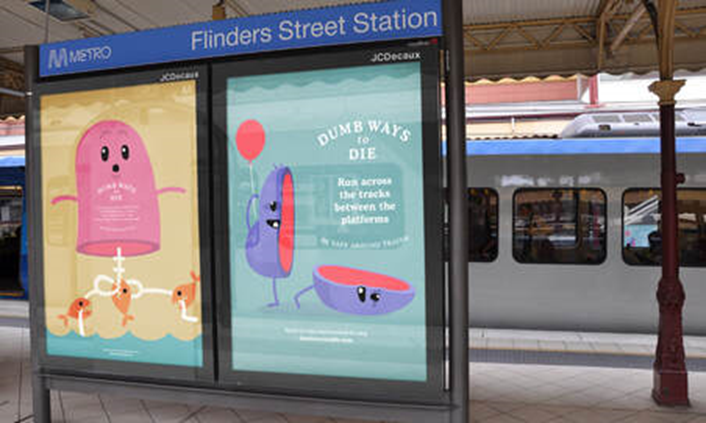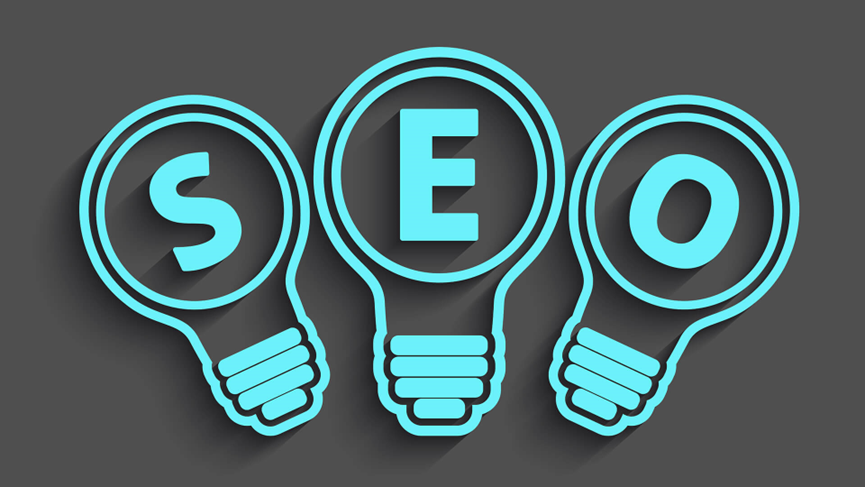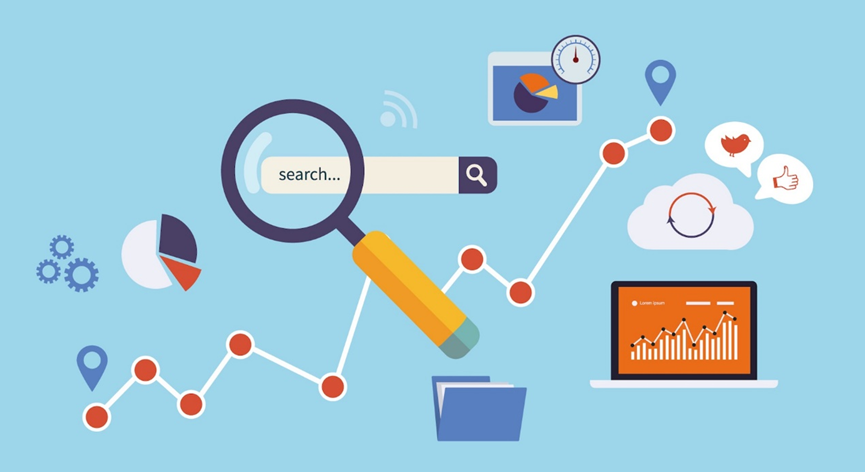-
From blind pursuit to sober reflection: the limitations of social media and digital marketing
In the digital age, social media and digital marketing have become an integral part of business promotion and branding. However, the overall trust of users in social media platforms has declined over the last year, while spending on social media advertising is still on the rise. Should we continue to blindly pursue social media buzz and new trends in digital marketing. In response to this Mark Ritson calls it a mess in the marketing industry and he has an impressive perspective.
In Mark Ritson’s presentation it mentions the death obsession in marketing. It seems that people can’t wait to announce the demise of traditional marketing and digital marketing is the marketing. People can’t seem to wait to announce the demise of traditional marketing and that digital marketing is marketing. This seems to be related to the nature of marketers who love to pursue technology and new things. And digital marketing and social media are exactly the new things they are pursuing right now. However, is social media marketing really as effective and influential as these voices claim. The data says two-thirds of Australians are not actively following any brands on social media. The remaining third, 87 per cent of them, follow fewer than seven brands. And an average Australian consumer is seen as being targeted by 13,500 brands a year.
We can’t deny that social media and digital marketing offer great opportunities, but we also can’t ignore their limitations. At the heart of digital marketing is the marketing itself, not just the pursuit of technological and platform novelty. Effective digital marketing always requires careful diagnosis, strategy development and tactical implementation. Marketers and brands need to keep their cool in digital marketing, always focusing on meeting user needs, providing valuable content, and building genuine connections. Only then can they achieve long-term success in the digital age. Social media and digital marketing tools can be powerful aids, but they should never be our goal.
-
IMC: the cornerstone of digital marketing
In the digital age, the way content is distributed has changed dramatically. Sometimes a piece of content can spread as quickly as a virus, capturing the attention of millions of people. But this also makes it unpredictable and difficult to control. How should people use this attention to achieve their marketing goals, rather than just letting content go viral? This brings us to the importance of integrated marketing communications (IMC).
What is IMC?

IMC is a marketing strategy and methodology that aims to achieve stronger brand communication and marketing communications by aligning different marketing tools, channels, and media. The main goal of IMC is to ensure that all marketing communications activities for a brand or product are consistent and coordinated to provide a unified, clear brand image and message to the audience. This includes a variety of communication methods such as advertising, public relations, promotions, social media, content marketing, sales promotions and more. For example, you learn about a brand from traditional advertising, then you see the brand’s product information promoted in social media platforms, then you see the brand’s official website on a search engine when you have a need for a similar product, you enter the website and you notice its promotions, and eventually you purchase the product. This is IMC. different channels have different channel characteristics. It is difficult for a customer to receive information in a single channel and make a purchase. By combining these channels to influence customers, the chances of them making a purchase are greatly increased.
Consistency——All communication activities should convey the same brand message, values and reputation, and build a consistent brand image to achieve common marketing objectives.
Audience Orientation——Understand the needs, preferences and habits of target audiences across different channels in order to adjust communication strategies based on their behavior and feedback.
Effectiveness evaluation——Quantitatively evaluate the effectiveness of marketing communication activities in order to adjust and improve the strategy in a timely manner.
Examples of IMC:Melbourne Metro Trains – “Dumb Ways to Die”

Melbourne Metro Trains wanted to create a public service announcement to draw attention to the need to reduce the number of accidents and fatalities. They created a song about stupid ways to die, which reached the top 10 of the iTunes charts within 24 hours of its release.
To ensure the continued impact of the adverts, the campaign expanded into new promotional channels: character-based merchandise, mobile apps, and even educational books. They also launched a mobile game, which reached #1 in 53 markets as an iPhone app and claimed the #1 iPad app ranking in 81 countries worldwide.
The campaign was a huge success and Metro Trains noted a 21 per cent reduction in accidents and fatalities on its network as a result of the campaign. -
Big data and the Internet of Things: the future of digital marketing
In today’s digital age, big data and the Internet of Things (IoT) are rapidly shaping the future. According to statistics, the number of IoT-connected devices globally in 2023 exceeds 15 billion. And the number of devices is expected to nearly double by 2030. The use of Big Data and IoT is growing rapidly and impacting people’s daily lives.

Consumer Benefits:
1. personalized experiences:
Big Data and IoT technologies enable brands to gain a deeper understanding of their consumers in order to deliver highly personalized products and services. Whether it’s personalized product suggestions, shopping experiences or customized services, consumers can enjoy experiences that are more relevant to their needs. For example, music software can analyze users’ behavior and habits to recommend music they are more likely to enjoy
2. Convenience of life:
The rise of IoT devices has brought ease of life to consumers. Smart homes allow you to control home devices through mobile apps, monitor home security remotely, and even turn off home appliances automatically when you are away. This convenience improves the quality of life for consumers.
Benefits for Marketers:
1. more precise targeting:
Big data and IoT devices provide in-depth consumer behavioral insights that help marketers target audiences more precisely. This means that marketing campaigns are more targeted and efficient.
2. real-time data analytics:
Real-time data generated by IoT devices allows marketers to quickly adjust strategies and make decisions based on current trends. This means more flexibility to adapt to changes in the market.
Issues and challenges faced:
The collection and analysis of big data may raise privacy concerns among consumers, and the passive nature of many IoT devices may make it difficult for individuals to know that their personal information is being collected. Relevant authorities need to continuously improve data privacy policies and compliance measures to standardize data collection practices to protect consumer privacy. At the same time companies need to build trust with consumers. They need to create and provide value to users while collecting their data. And companies should demonstrate to consumers that they are capable of protecting their data. For example, businesses can defend themselves against hackers to keep user data safe. -
Inspiring Social Sharing: A Strategy to Cultivate Users as Marketing Envoys
In today’s digital age, viral marketing has become a hot topic in digital marketing. Viral marketing, i.e., through social media and word-of-mouth, etc., allows information to spread quickly and generate social attention. However, to be truly successful, nurturing users to become marketing ambassadors is a crucial part of the process.
Why is it so important to train users to become marketing ambassadors?
Social sharing is a behavioral pattern in modern society. People are increasingly willing to share their preferences, experiences, and opinions on social media. With the help of users’ social sharing, brands and content can spread more widely in a short period of time. Data shows that from a consumer perspective “23% of people talk about their favorite products with friends and family every day.” “90% of people are much more likely to trust a recommended brand (even from strangers). ” On the other hand, from the standpoint of marketing professionals, “64% of marketing executives indicated that they believe word of mouth is the most effective form of marketing. ”That’s why it’s so important to train users to become marketing ambassadors.Key Strategies to Motivate Users to Share

Create valuable content: The content users share must be valuable enough to spark their interest. Providing practical information, entertaining content, or solutions to problems can make users want to share.
Build emotional connections: Users tend to share content that resonates with them emotionally. Through storytelling marketing, brands can create an emotional connection that inspires users to share.
Interaction and engagement: Encourage active participation through interactive polls, challenges or campaigns. Users who participate are more likely to share their experiences.

The Super Bowl serves as one of the most influential sporting events in the world. It is also a highly competitive spectacle in the marketing world. The cost of a 30-second advertisement for the Super Bowl game is as high as 5 million dollars. However, looking back to 2013, Oreo skillfully avoided the expensive advertising costs through a simple tweet.
When the Mercedes-Benz Superdome stadium was caught in a 30-minute sustained power outage, Oreo reacted quickly, tweeting:
“Power out? No problem. you can still dunk in the dark.”
The gesture brought Oreo 12,800 reposts on Twitter. It was creative and funny, and resonated with the emotions of the game’s audience at the time. Oreo’s viral campaign was a great example of how to get the word out! -
Demystifying SEO: How to Optimize Your Website to Stand Out in Search Engines
In today’s digital age, search engines have become one of the main ways for people to access information and find products and services. To stand out in this competitive online world, Search Engine Optimization (SEO) becomes crucial. It improves your website’s ranking in search results, which in turn brings higher traffic to your website.

What is SEO?
SEO is the process of optimizing the content of your website to make it more compliant with the rules of how search engines work, thus achieving improved rankings within the relevant search engines. Simply put, it means making your website more prominent in the search results and having higher visibility so that the website has a higher likelihood of being found and clicked on.
Why is SEO important?At this point you may be wondering why it is so important to be at the top of the search results. Some data suggests that only 0.63% of Google searchers click on content on the second page. This means that almost no one cares about results beyond the 10th place, which sounds pretty harsh. On the other hand, according to the survey, 53.3% of website traffic comes from organic search, which can play a decisive role. So SEO is an essential marketing strategy in digital marketing.

How to implement an effective SEO strategy?
Keyword Research: Choosing the right keywords for your business is the foundation of SEO. These keywords are the words that users are likely to type in when searching. Imagine you’re looking for a pizza place and you type something like “delicious pizza” into the search box, right? These words are keywords, and they are the clues for search engines to find your website.
Quality Content: Content is the heart of SEO. Create high-quality, valuable content that engages users. How long will you stay on a website that has nothing on it?
Monitor and Optimize: Use analytics tools to monitor your website traffic, user behavior and keyword rankings. Adjust your SEO strategy based on the data to continually improve results.SEO is an evolving field, but its value cannot be overstated. With an effective SEO strategy, you can improve your website’s visibility in search engines and attract more traffic and leads. Remember, SEO takes time and consistent effort, but the rewards in the end will make your efforts more than worthwhile.
-
Subscribe
Subscribed
Already have a WordPress.com account? Log in now.